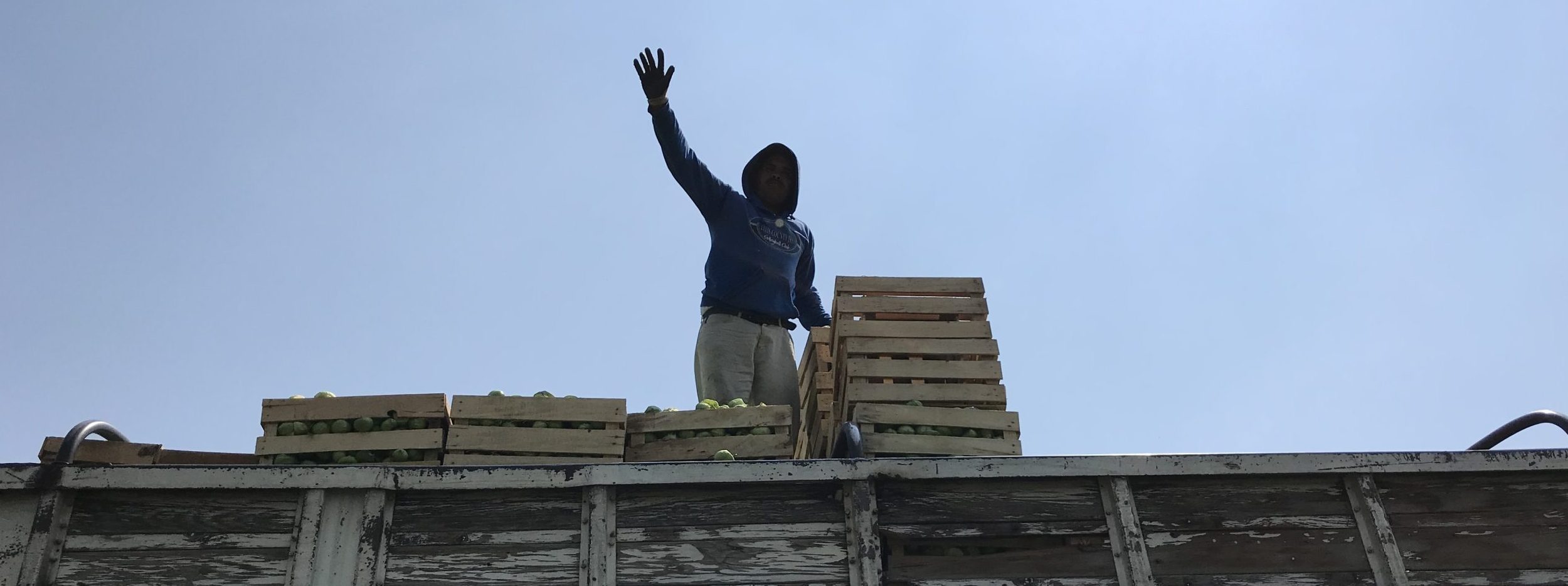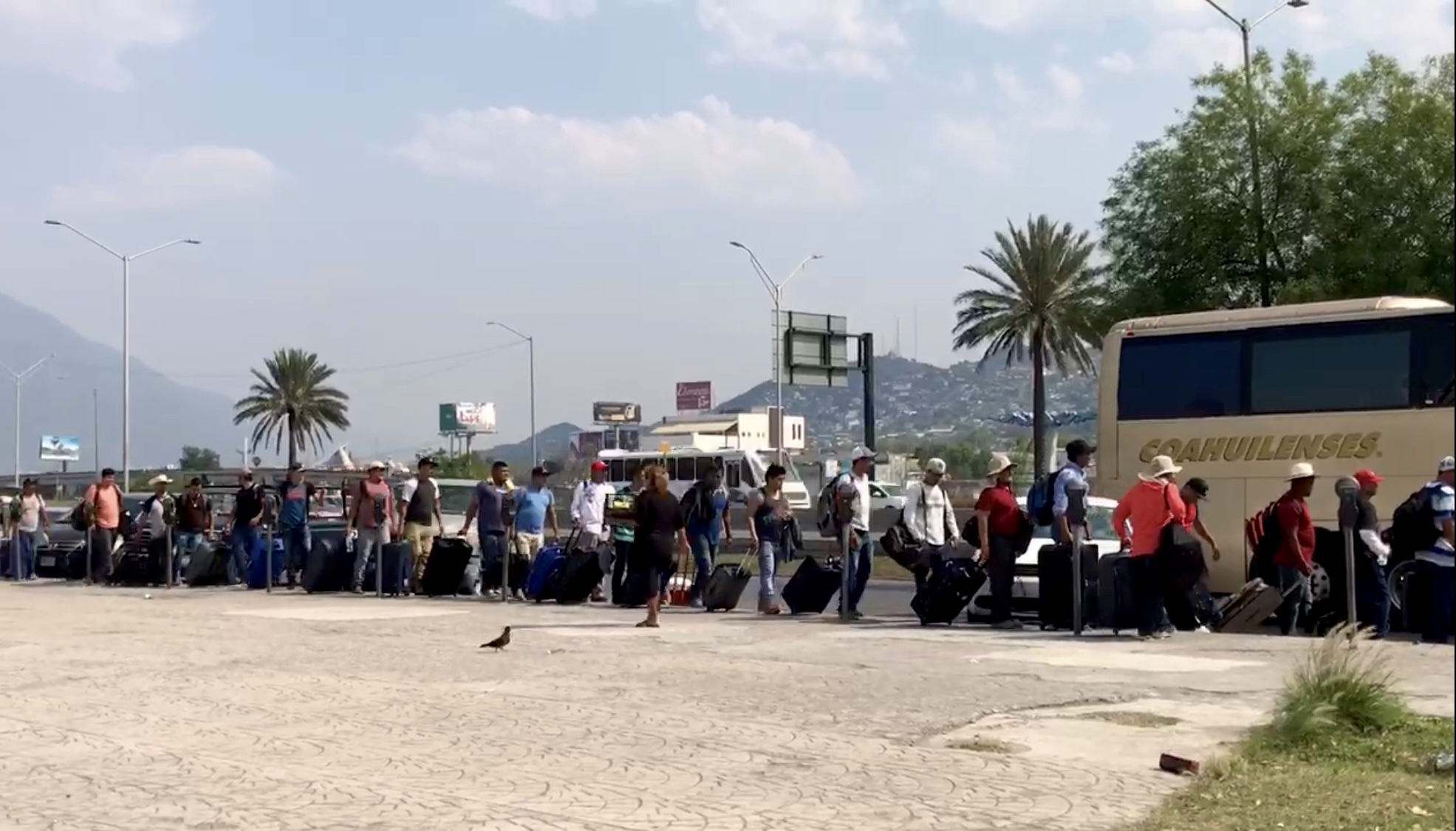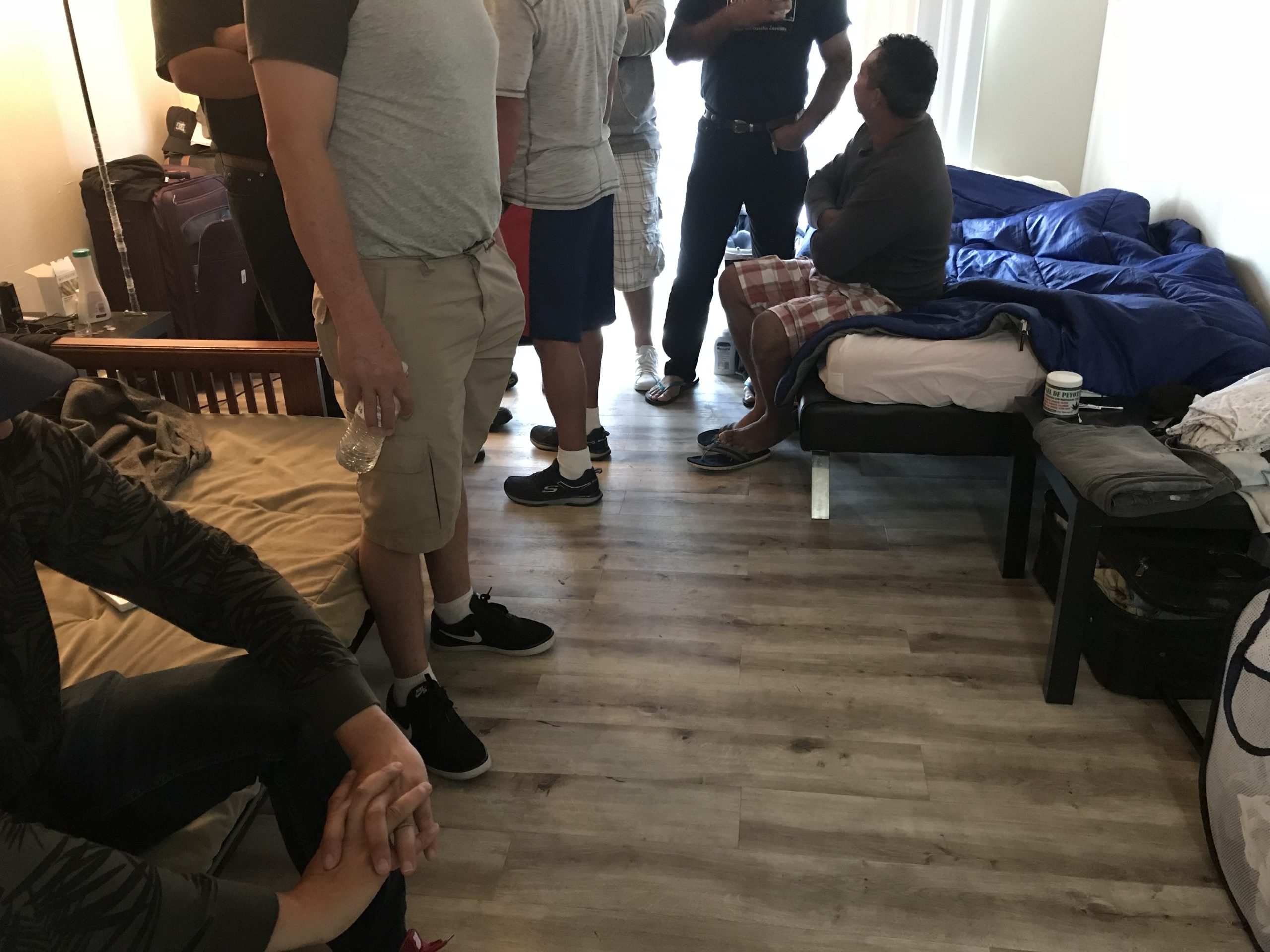
Opinion
Put your head down, work, don’t complain: What I learned from investigating temporary foreign fork in the U.S.
I never take produce for granted.
Looking deeper into the U.S. temporary foreign farmworker program since 2018 has shaped that.
I had reported on immigration and immigrant communities for a decade, so I knew about H-2A visas. I knew about the men—because they are overwhelmingly majority men—who came to the United States to work in agriculture for months at a time and then went back to Mexico— because they are overwhelmingly Mexican.
I had an idea of the substandard living and working conditions for many farmworkers, documented and not. I knew that U.S. citizens refused to do such physically demanding jobs. I knew that U.S. farms took advantage of farmworkers’ immigration status to pay them as little as possible (often below their state’s minimum wage). I knew that this need to bring foreign labor had been going on for decades and that it officially started as a solution to labor shortage during World War II as the flawed Bracero Program.
So I wasn’t surprised when I saw that both the United States and Mexico passed the buck when these issues were raised because, at the end of the day, the program exists to serve U.S. farm owners.
But I was surprised about just how little most people knew about the dark side of this program. As I went deeper into investigating this story, every time I told friends, family, and even colleagues about what I was finding in my reporting trips, I was met with some sort of “Oh, really?! It’s that bad?!”
Every one of those instances reassured me that we were telling an important story. A story about a flawed system. A story about the skilled hardworking people we depend on yet called “unskilled” or “low-skilled” and kept invisible. A story about the workers’ experiences told through their eyes, in their voices.
And the biggest revelation came during one of my reporting trips. That’s when it all clicked: H-2A workers operate under an unspoken rule of “put your head down, do the work, and don’t complain.”
I met strong men, whose face lines showed the years of work in the sun and whose hands told the stories of all they gave this country, break down in front of me when talking about their hardships in the program. I stood in the epicenter of H-2A visas in Mexico and felt the power that recruiters exude there. It was palpable.
I came to see the many flaws in a situation where the demand for workers in U.S. farms is high and the need for work in Mexico is higher. This causes a revolving door with the employer as the winner. If workers complain about their squalor living conditions or the wage theft taking place in the United States, farms just fire them and bring in more workers who won’t speak up.
The number of H-2A visas reached record-high levels during the Trump administration, with about 250,000 workers. It opened the door for more abuse. And while it might be easy to blame arguably the most anti-immigrant president in recent history, the truth is that Donald Trump simply said the quiet part aloud: these are just workers the U.S. uses and discards as it pleases. For many farm owners and politicians, they’re not people, just workers.
And this decades-long history of labor dependency without worker fairness became abundantly clear during the pandemic. The Trump administration closed all borders and suspended visa proceedings abroad. At the same time, it sped up the processing of “guest” farmworkers because we couldn’t eat without them.
Maybe, you’ve seen the photos, the memes, the images of Mexican, Central American, and other migrant workers picking fruits and vegetables in extreme weather conditions. You’ve probably read some of the investigations into horrific living conditions workers are kept in and the dangerous and illegal working conditions they’re forced to endure. Hopefully, you will hear our investigation and learn about the millions in stolen wages ending up in the hands of the U.S. Department of the Treasury instead of the pockets of the workers who earned that pay.
This is how it’s been for decades, and people in power with the ability to change this program have known about it for a very long time. The governments of the U.S. and Mexico have heard from countless advocacy groups and labor rights activists, but no major reform has happened.
What will it take for things to improve?
I can’t leave out the dichotomy of the program, though. The ability to come to the United States to do work that in Mexico would pay a tenth of the money has allowed generations of families in Mexico to build homes, start local businesses, and provide a living. They wouldn’t have those things if they had worked on Mexican farms.
But they’ve had to give their youth and their strength to another country. A country where they spent half the year away from their families. A country where they paid income taxes, and never lived, where they had no path to legal permanent residence or citizenship and where they couldn’t bring their families.
There’s this perception by many who live outside of the United States, that things are more just here, that this is a fair country. That’s why so many people make the choice to travel for these temporary jobs and give it their all expecting to get paid what they were promised. They expect a level of protection under a U.S. government program.
And here are two things I’ll leave you with. Despite the known flaws and lack of oversight in the H-2A visa program, Congress and the White House are looking to expand it without fully reforming it. And, because these are the only non-immigrant work visas without a cap, the numbers keep going up and up, past 300,000 a year. More “guest” farm workers equals more room for abuse as our reporting shows.
I’ve had the privilege of meeting H-2A workers personally. I still think about Adrian, his father, Victor, and the opportunities that generations of H-2A work brought to their family. I think about two brothers from Guanajuato who came to the U.S., were abused, and now are in Mexico, facing long-term consequences after speaking up. I think about the three young guys wearing skinny jeans I met in Monterrey and how they were unaware of the long road ahead to places they’d never even heard of. I think about Omar from Michoacan, breaking down in front of me, and about the cherry pickers in Pasco, Washington, who were not being paid what they earned.
It’s because of them that, for me, it’s even more frustrating to see the inaction from those with power—those who can improve the program in a way that protects the human and labor rights of foreign farmworkers.
I hope you’ll give our two-episode special “Head Down” a listen.





